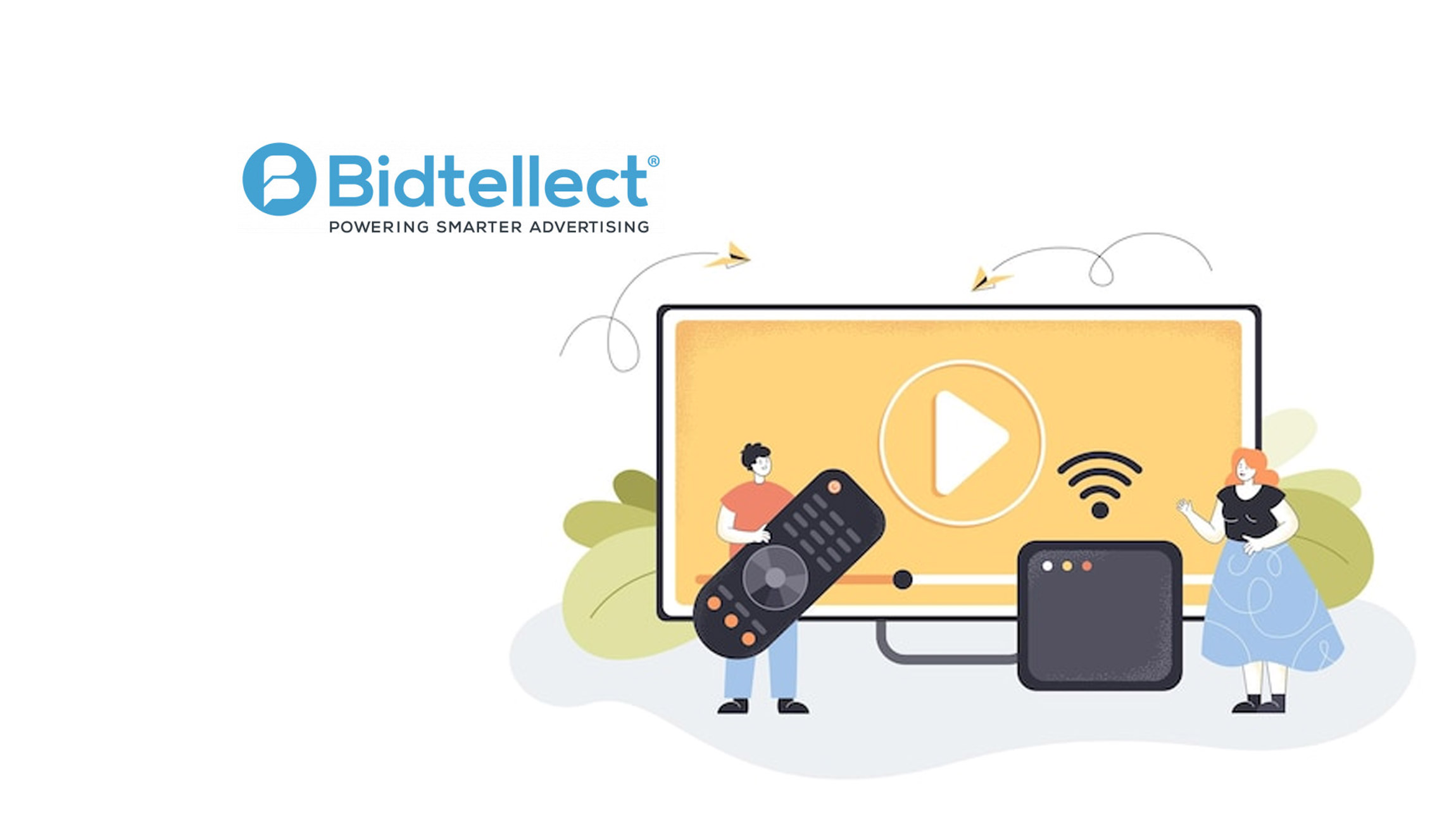Can B2B brand marketers enhance the overall brand experience with the use of QR codes? Sharat Potharaju, CEO and Co-founder at Beaconstac weighs in with a few thoughts:
_________
Welcome to this MarTech Series chat, Sharat, tell us about Beaconstac and how the idea/inspiration for this platform came about?
Beaconstac started with a single mission: to connect the digital and physical worlds through innovative technology. During the Y2K crisis (at the time, I was an undergraduate student), I saw the need for this technology come into focus. Technology has penetrated every aspect of our lives; without it, we would lose core aspects of our culture and livelihood.
In June 2009, my co-founder, Ravi Pratap Madimsetty, and I founded Beaconstac to improve the accessibility and quality of mobile experiences offered by businesses and brands worldwide. In these early years, we focused on helping publishers build adaptive mobile sites that would work seamlessly across multiple devices. This focus shifted a bit in 2014 when we started to recognize proximity-based marketing and analytics as a new way to bridge online and offline experiences. Our business has grown tremendously since the pandemic hit, as more companies want to create contactless experiences. As the needs of our consumers continue to evolve, so too does our technology. That’s something that we’re working tirelessly to ensure stays true.
Marketing Technology News: MarTech Interview with Arsen Avakian, CEO and Founder at Cooler Screens
In what ways are you seeing QR codes change the game for end-users across industries and how do you feel this trend will evolve in the future, given the constant changes to how consumers are interacting with brands and paying-for services they need?
The number of smartphone users is estimated at 6.6 billion in 2022. These incredibly powerful and prevalent tools are used daily by end-users across various industries, from restaurant and retail to hospitality. QR codes are the perfect way to leverage the existing resources and knowledge of the end-user to connect with a brand.
Retail offers a prime example of using QR codes to target the end-user in various contexts. 51% of consumers use mobile shopping apps to access coupons, discounts and deals while making in-store purchases. Offering a QR code to scan that connects customers with personalized deals is a great way to engage the customer in both a physical and digital interaction.
There’s a common misconception that QR codes were only valuable for contactless restaurant menus during the COVID era and that they’ll quickly become obsolete post-pandemic. This is anything but the case. QR codes have been around since 1994 and have proven to be practical business tools in circumstances beyond the controversial restaurant menu. Phones make it easier than ever to follow a QR code because of built-in capabilities such as a QR-code scanner on the camera, ease of link sharing, etc. QR codes are even being used on television, with recent campaigns like the Coinbase Super Bowl ad and Marvel’s Moon Knight easter egg hunt cementing the versatility of QR codes as a marketing tool.
Why do you feel today’s marketers/sales teams need to pay more attention to the benefits and uses of QR codes?
QR codes are incredibly versatile tools that allow businesses to bridge the gap between physical and digital experiences, which is something more and more consumers seek in their interactions with brands.
Take retailers, for example. Brands can use QR codes in several ways: acquiring new customers, improving the in-store experience and connecting with customers after they’ve left the brick-and-mortar store. QR codes help retailers compete with e-commerce at a fraction of the cost.
QR codes are also a powerful tool for building long-lasting relationships with customers. 80% of first-time users never return or advocate for a brand unless they feel they have an ongoing relationship with that company. QR codes help businesses understand what their consumers want from their interactions, make a direct-to-consumer connection and retarget them after the initial exchange to ensure that you’re staying top of mind.
Marketing Technology News: When It Comes to Texting, You Don’t Want to Be Late to the Party!
Can you share a few highlights from some of the most impactful ways in which you’ve seen brands (maybe even at leading events) use QR code features to drive engagement and purchases/participation?
At Beaconstac, we work with over 18,000 companies, so we’ve seen some extraordinary campaigns that successfully drive engagement and convert users. Two that stand out to me are sports-related, a vertical that you might think QR codes don’t have a lot of relevancy.
Sportsthread, a social media platform for the student athletic community, wanted to get more game-goers to download their mobile app to drive user growth. Using Beaconstac’s QR code generator, they placed QR codes at various hot spots around the stadium that, when scanned, directed students to the mobile app download page. Over the past three years, Sportsthread has garnered more than 162,358 scans and reached 138,925 customers through QR code campaigns, a significant increase in conversions.
Another neat sports use case we’ve seen recently was the University of Central Florida using QR codes on their jerseys to direct fans to digital player cards. Not only was this a great way to engage fans beyond the game, but it helped promote players by giving those scanning more information about their background, stats, etc. Overall, a unique implementation of QR codes demonstrated this technology’s versatility and ability to reach across verticals to drive results.
A few thoughts on the future of martech and B2B marketing?
The future of martech and B2B marketing is no-code heavy stack. Airtable recently reported that 33% of marketers today use no-code or low-code tools – and we cannot agree more. Giving more control to B2B marketers to create and iterate campaigns without the help of a developer, saves time and improves the process efficiency.
![]()
Beaconstac makes physical products and places talk directly to consumers through digital content and actions, by leveraging smartphone technologies like QR codes, near field communication (NFC) tags, Bluetooth beacons, and geofencing. Over 10,000 businesses and brands in 120+ countries use our Phygital Customer Engagement platform to build direct relationships, grow lifetime revenue, and acquire first-party data in industries ranging from consumer goods, hospitality, retail, and real estate, reaching over 5 million monthly active users.
Sharat Potharaju is the Co-founder and CEO of Beaconstac, responsible for crafting the overall strategy and execution. Sharat is dedicated to achieving Beaconstac’s vision to enable digital connection with every physical object and place on the planet. Prior to his entrepreneurial career, Sharat spent a few years working in investment banking at Merrill Lynch in New York. Sharat holds a Master’s in Engineering Management from Duke University and a Bachelor’s degree in engineering from the Indian Institute of Technology (IIT) Madras.
Missed The Latest Episode of The SalesStar Podcast? Have a quick listen here!
Episode 133: B2B Customer Engagement Best Practices with Myles Kleeger, President and Chief Customer Officer of Braze
Episode 132: Biggest B2B Sales Learnings with Astrid Boer Masle, VP of Sales, EMEA & APAC – RFPIO
Episode 131: Product Management Tips and Best Practices with Kimen Warner, VP of Product Management at Drift










